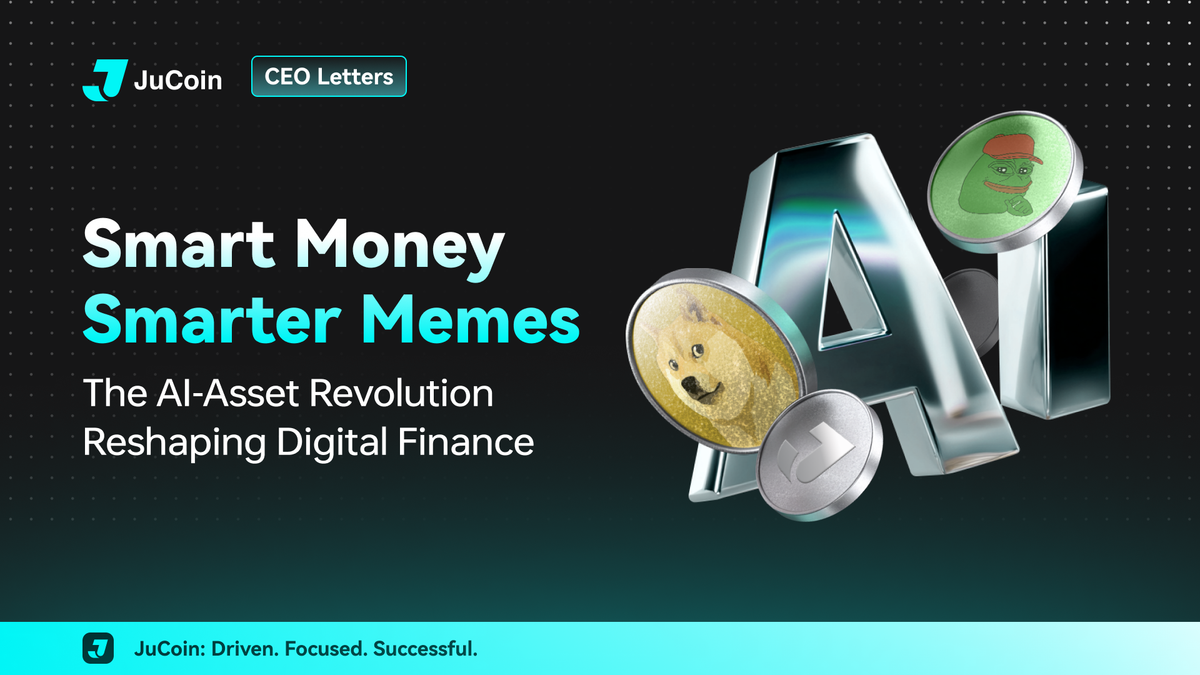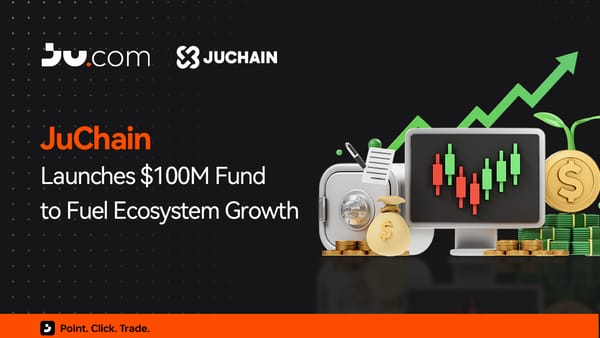Smart Money, Smarter Memes: The AI-Asset Revolution Reshaping Digital Finance

The meme coin that achieved a billion-dollar valuation through conversations between AI models wasn’t on anyone’s 2024 prediction list. Yet here we are, watching FARTCOIN command institutional attention while CREcoin holders vote on million-dollar commercial real estate acquisitions. The convergence of artificial intelligence, real-world assets, and meme culture has created something entirely unexpected: sustainable speculation.
The market speaks in numbers. The meme coin sector’s journey from $125 billion in December to $54 billion by March, then rebounding to $79.3 billion this month, represents more than typical volatility. The 48% recovery reflects fundamental changes in what drives value in this space: utility integration rather than pure social media momentum.
When Intelligence Meets Internet Culture
Artificial intelligence has transformed meme coins from reactive social experiments into proactive value-creation engines. AI meme coins now represent a $3 billion market with projects demonstrating genuine technological innovation alongside cultural relevance.
Consider the sophistication gap that’s emerged:
- Content Generation: AI systems like GPT-4 now create entire token concepts, branding, and community narratives
- Dynamic Economics: Smart contracts adjust tokenomics in real-time based on market conditions and community behavior
- Engagement Automation: AI agents maintain community interaction beyond initial launch hype
- Predictive Analytics: Machine learning models optimize marketing timing and content distribution
TURBO’s creation by GPT-4 shows how artificial intelligence can handle the entire project lifecycle, from concept to community building. More significantly, projects like AI16Z and Zerebro show how AI can provide ongoing value rather than one-time novelty.
The technical infrastructure supporting this evolution has matured rapidly. Platforms like AgentFun.AI specifically facilitate AI agent token launches, creating standardized processes for hybrid projects. This infrastructure development signals institutional recognition that AI-enhanced tokens represent a legitimate category rather than experimental outliers.
The Real Asset Revolution
While AI provides the technological foundation, real-world asset integration addresses meme coins’ fundamental sustainability challenge. The global RWA tokenization market reached $24 billion after growing 380% in three years, creating infrastructure that supports asset-backed meme tokens at scale.
Three Models Are Emerging:
| Model | Example | Mechanism | Value Proposition |
|---|---|---|---|
| Property-Backed | CREcoin | Community votes on real estate acquisitions | Tangible asset backing with governance participation |
| Metaverse-Hybrid | Housecoin | Digital real estate NFTs with VR integration | Virtual property ownership with real-world themes |
| Yield-Generating | Various treasury-backed tokens | T-bills or gold backing with automatic distributions | Stable income streams with meme accessibility |
CREcoin’s approach particularly demonstrates how traditional finance concepts can scale through meme distribution. Token holders participate in property selection while professional real estate teams handle acquisition and management. This structure preserves the community engagement that makes meme coins successful while adding institutional-grade asset management.
Housecoin’s evolution from housing market satire to functional VR platform illustrates another convergence path. The project’s partnership with MetaWorlds enables full 3D metaverse integration, transforming meme content into interactive experiences with potential real-world applications.
Platform Infrastructure Requirements
The convergence creates specific technical and operational demands that few platforms currently meet. Success requires capabilities spanning smart contract development, AI integration, asset management, and global community coordination.
The complexity involves several layers:
Smart contracts must automate dividend distributions from real estate holdings while maintaining compliance across multiple jurisdictions. AI agents need seamless integration with governance systems to facilitate community decision-making. Asset custody requires institutional-grade security while preserving the accessibility that makes meme coins appealing to retail participants.
At JuCoin, our CeDeFi architecture naturally supports these hybrid models. The integration between centralized exchange services and JuChain’s blockchain infrastructure creates pathways for assets that combine meme accessibility with institutional backing. Our upcoming DIP platform will specifically address the legal and technical frameworks needed for tokenized IP and asset management.
The user experience requirements are equally demanding. Community members need intuitive interfaces for complex governance decisions while maintaining the social engagement that drives meme coin success. This balance requires design thinking that prioritizes accessibility without sacrificing functionality.
Market Positioning and Timing
Current market conditions create unusual opportunities for convergence projects. Regulatory clarity around stablecoins and RWAs continues improving, particularly with projected growth to $50 billion in RWA tokenization this year. Meanwhile, AI capabilities have reached practical utility levels that enable genuine automation rather than marketing gimmicks.
The institutional validation is becoming undeniable. BlackRock’s $2.9 billion BUIDL fund and Franklin Templeton’s OnChain initiatives demonstrate that traditional finance recognizes tokenization’s potential. When this infrastructure combines with meme coin distribution mechanisms, it creates entirely new asset categories.
The MarketVector Meme Coin Index now tracks institutional meme coin performance with a $57.11 billion market cap, indicating professional recognition of the sector’s legitimacy. This institutional attention creates opportunities for projects that can bridge cultural relevance with financial sophistication.
Building Tomorrow’s Financial Culture
The convergence of AI, RWAs, and meme culture signals the emergence of a more inclusive financial system where community engagement drives value creation. Projects succeeding in this space demonstrate that digital assets can combine emotional connection, technological innovation, and tangible backing without sacrificing any element.
The implications extend beyond individual tokens. As these hybrid models prove sustainable, the distinction between “serious” crypto projects and community-driven initiatives will likely disappear entirely. Value will be determined by utility, engagement, and asset backing rather than traditional categorizations.
Looking forward, three trends will likely accelerate:
- The continued sophistication of AI agents will enable more complex community coordination and asset management. Regulatory frameworks will evolve to support hybrid assets that combine multiple value sources. Platform infrastructure will standardize to support convergence projects without requiring custom development for each initiative.
- The platforms and projects positioned to facilitate this evolution will capture disproportionate value. This requires technical capabilities that span multiple domains while maintaining the accessibility that makes meme culture powerful. Most importantly, it requires understanding that sustainable growth emerges when technology enhances human connection rather than replacing it.
- The convergence evolution represents more than a market trend; it’s the foundation for a financial system where anyone can participate in value creation through community engagement, artificial intelligence amplifies human creativity, and tangible assets provide stability without sacrificing accessibility.
The future belongs to projects that make complex financial concepts as engaging as internet culture while delivering genuine value to all participants. This future is being built today, one convergence at a time.
Explore More From JuCoin:





